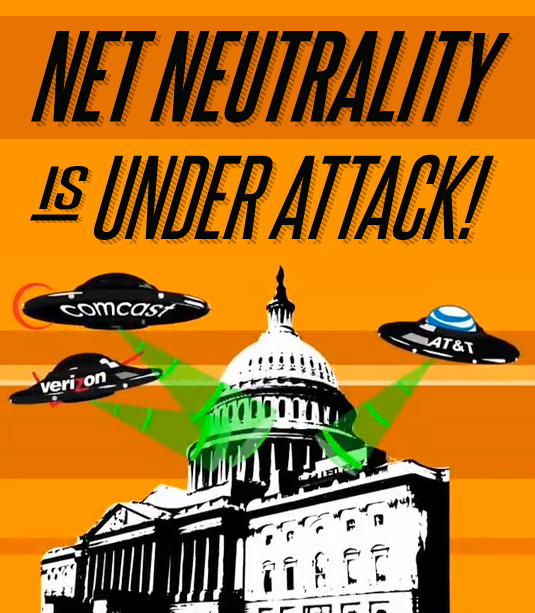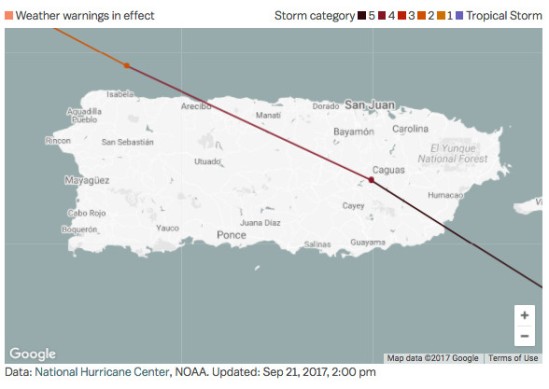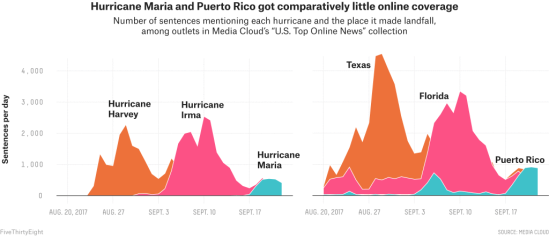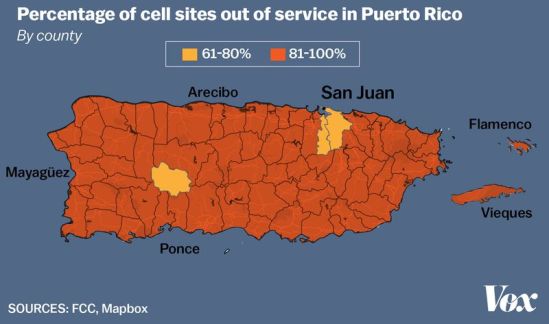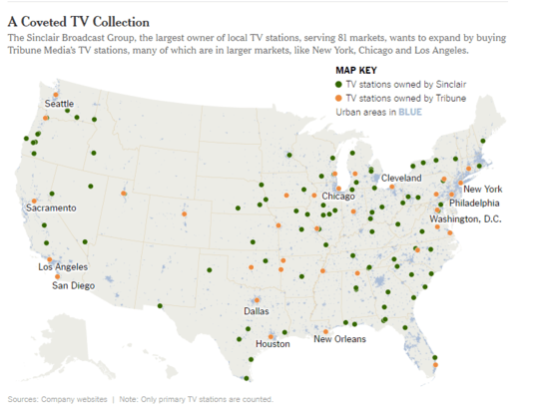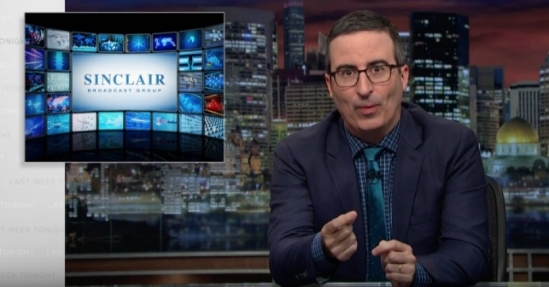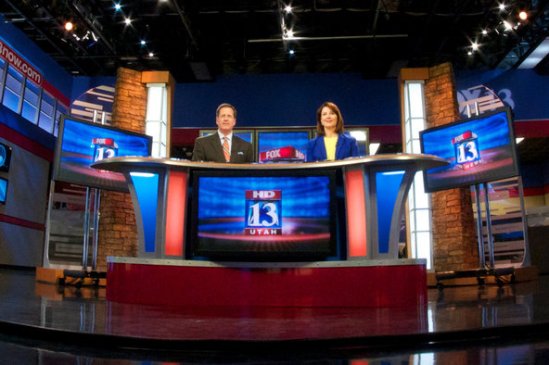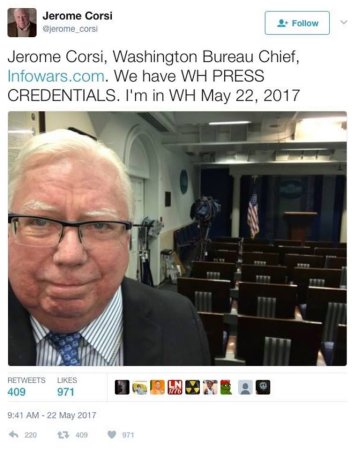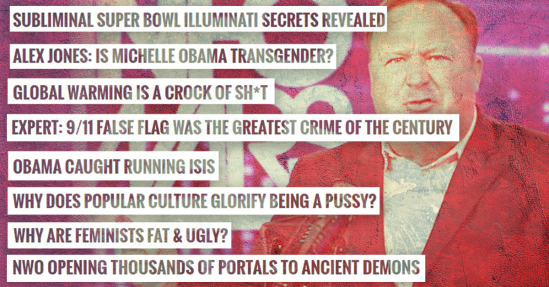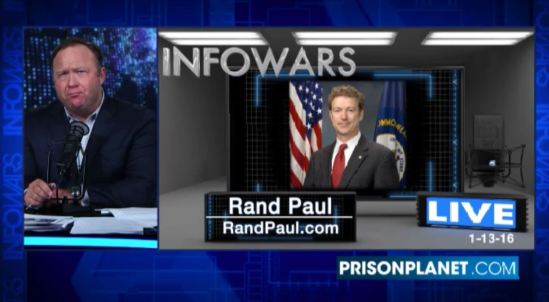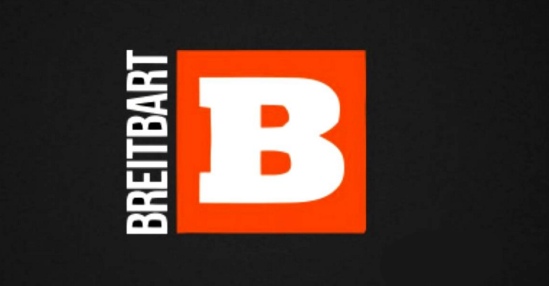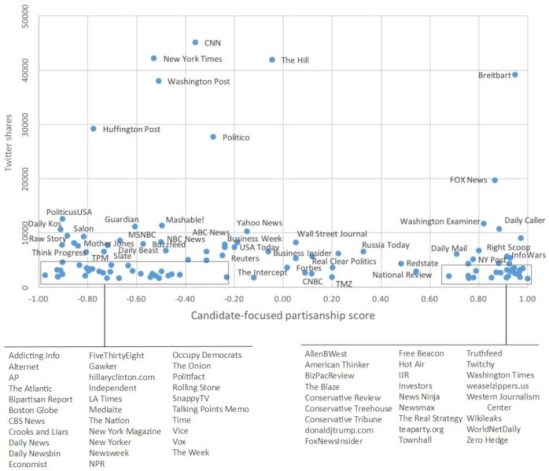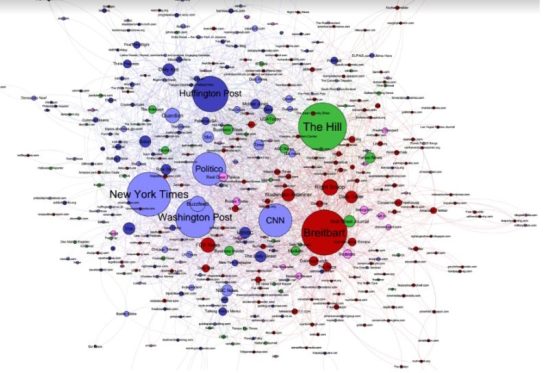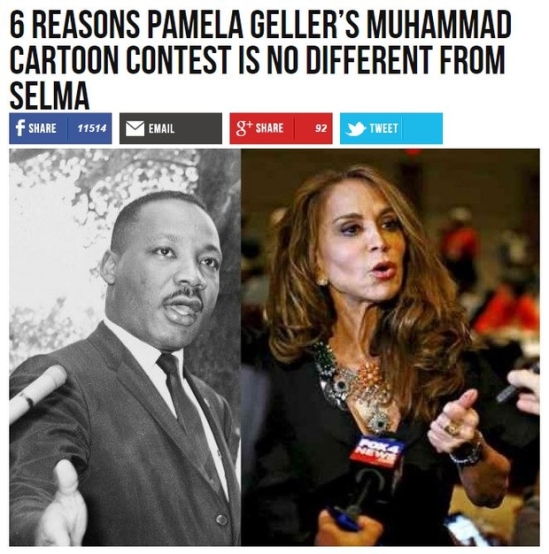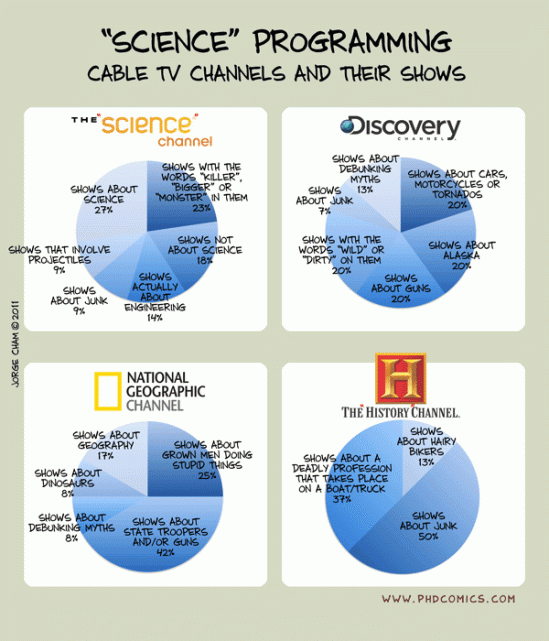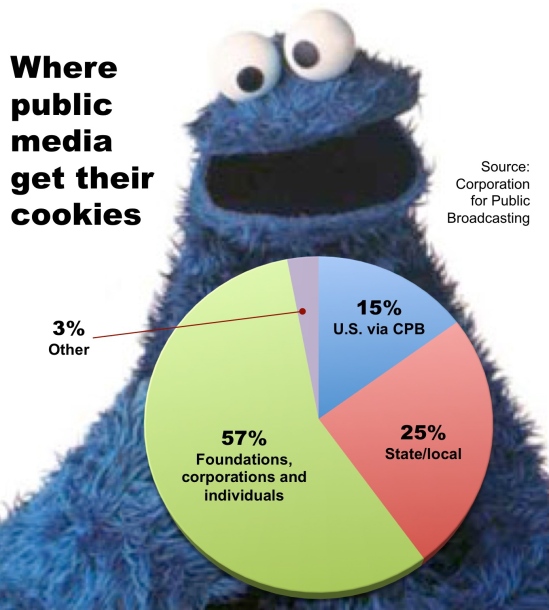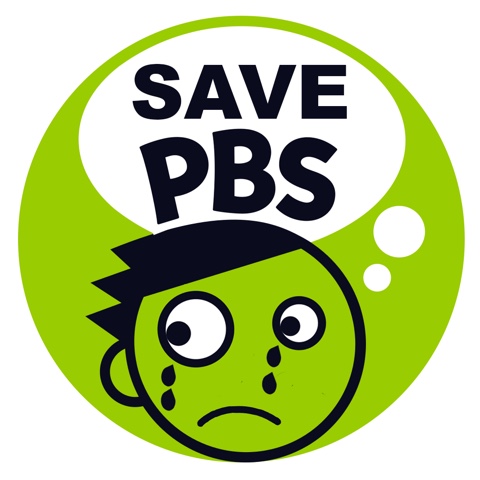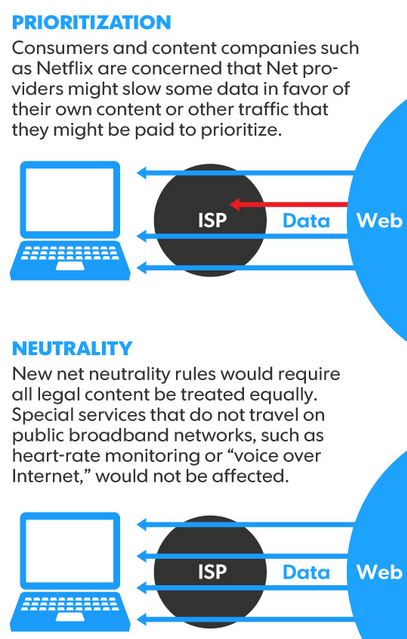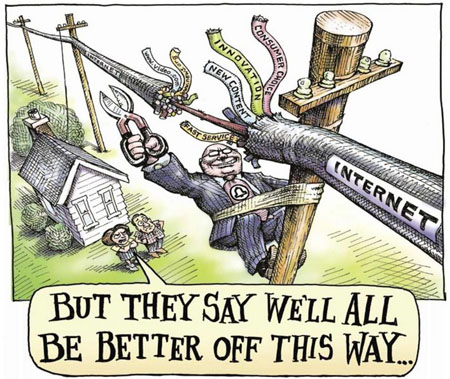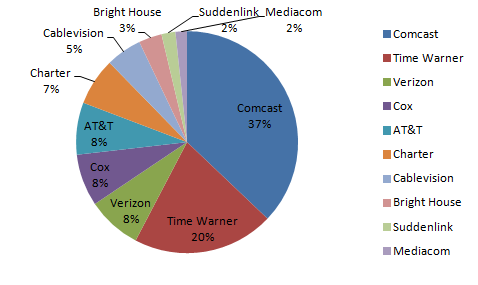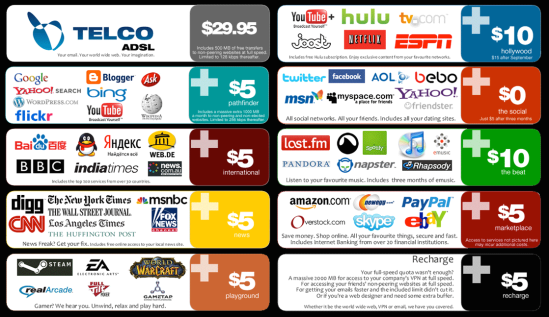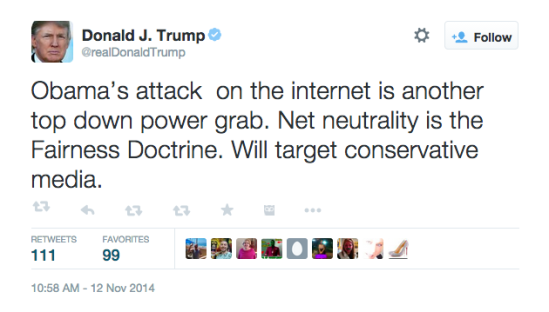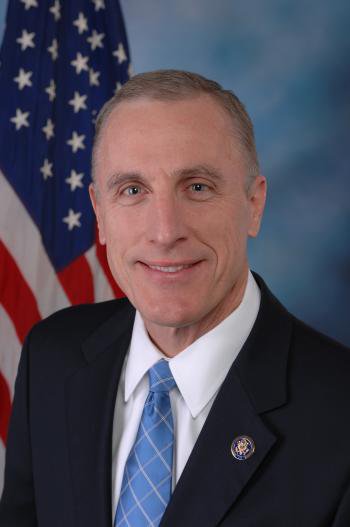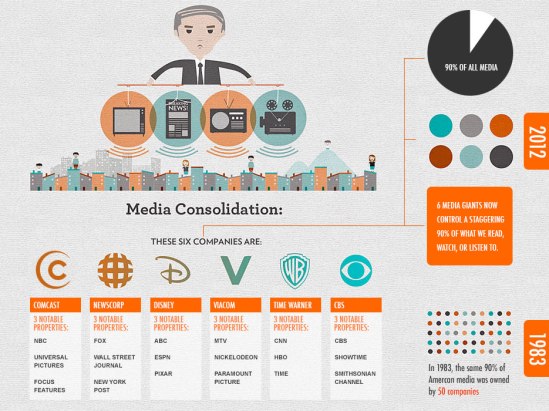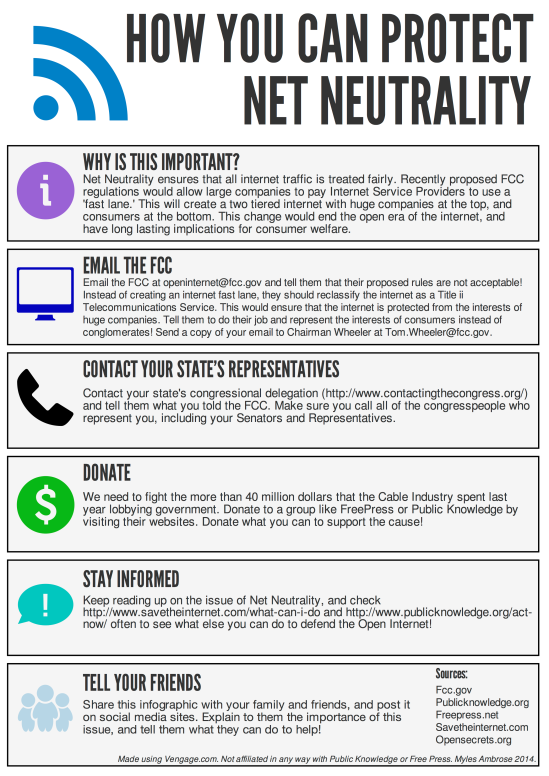On Friday, June 22, 2018, White House Press Secretary Sarah Huckabee Sanders tried to dine at a table reserved for 8 reserved in her husband’s name at a Lexington, Virginia restaurant called the Red Hen. When she arrived, restaurant employees called co-owner Stephanie Wilkinson asking what they should do. While she drove to the place, the staff served Sanders and the rest of her party cheese boards and took their orders. But once Wilkinson arrived, the workers took a vote, she asked Sanders to come outside, told her the restaurant has “certain standards” to uphold, “such as honesty, and compassion, and cooperation,” and asked her to leave. Sanders complied along with the rest of her party who didn’t need to. They offered to pay, but Wilkinson told them it was, “on the house.”
Like many incidents these days, this episode found its way on the internet. An end-of-shift note appeared on Twitter with “86 – Sarah Huckabee Sanders” (an 86 meaning in restaurant lingo as someone who isn’t allowed to be served or an item that isn’t on the menu or in stock). A waiter wrote a Facebook post about serving Sanders “a total of 2 minutes” before the owner asked her to leave. On Saturday morning, the press secretary tweeted, “I always do my best to treat people, including those I disagree with, respectfully and will continue to do so.” Wilkinson told the Washington Post that she doesn’t regret her decision asking Sanders to leave, “We just felt there are moments in time when people need to live their convictions. This appeared to be one.”
Nonetheless, the Red Hen incident is the latest in a string of events where Trump administration officials have found themselves unwelcome in their efforts to dine out in peace. Last week, protestors confronted Secretary of Homeland Security Kirstjen Nielsen at a Washington D.C. Mexican restaurant over the administration’s family separation policy. White House adviser and Josef Goebbels lookalike Stephen Miller was called a fascist while dining at another D.C. Mexican joint. But when the Red Hen’s owner politely asked Sarah Huckabee Sanders to leave her establishment, it ignited a debate over civility, political protest, and how Trump officials should be treated in public swirled over the weekend and spilled over that Monday. It was a fight pitting self-styled defenders of civility and political norms against angry progressives arguing that the Trump administration should be resisted by any means necessary, including confronting its officials in public. In fact, the Washington Post’s editorial board criticize the decision to refuse Sanders service as signifying the breakdown of civility and basic manners in American culture. They called for Sanders, Nielsen, and Miller to “be allowed to eat dinner in peace,” writing, “Those who are insisting that we are in a special moment justifying incivility should think for a moment how many Americans might find their own special moment in which only the most zealous sign up for public service.” Others, including Democratic California Congresswoman Maxine Waters argued administration officials have forfeited their right in expecting public niceties by aligning themselves with Donald Trump in the first place. As she told MSNBC, “I have no sympathy for these people that are in this administration who know it is wrong what they’re doing.”
At any rate, this public debate around the concept of civility in the political discourse is utterly ridiculous. For one, American politics are uncivil for as long as this country existed with countless incidents of political violence with those pertaining civil and labor rights being among the most contentious. During the Civil Rights Movement, you’ll find plenty of demonstrators jailed, beat up, or killed for peacefully standing up against racial segregation. The notion of a White House press secretary being asked to leave a restaurant as signaling the breakdown in civility and basic manners in American culture is laughable in the trainwreck presidency of Donald Trump, let alone American history in general. Secondly, the incivility is mainly coming from the Trump White House since Trump and his administration have flouted the norms of political discourse far more often than their opponents. Seriously, in the 2016 presidential campaign alone, Trump called Mexicans rapists, mocked a disabled reporter, encouraged his supporters to beat up protestors, attacked a Muslim Gold Star family, attacked John McCain for being a POW, promoting a conspiracy theory alleging Ted Cruz’s father was involved in the JFK assassination, launching deeply personal attacks on Hillary Clinton during the presidential debates, humiliating Clinton by parading her husband’s ex-mistresses at one of them, pathological lying, and so much more. In fact, as far as politicians are concerned, Donald Trump, his administration, and his supporters don’t give a shit about civility. Nor does Sarah Huckabee Sanders since she’s been complicit in all of this. For God’s sake, her job requires providing cover for Trump’s most egregious lies, which undermines a vital part of public discourse in the idea of fair and open public discourse about the truth. So much so that complaining about civility after being kicked out of a restaurant seems just as hypocritical as Count Olaf telling the Baudelaires to get a shower. Third, politely kicking out a White House press secretary from a restaurant without requiring her to pay for appetizers seems rather civil compared to other uncivil acts like a Trump rally. Still, if refusing service to Sanders puts the spotlight on the notion of fair and open public discourse on the truth, it might not harm America’s political civility. Hell, it might even improve it.
According to the great 20th century American philosopher John Rawls, “incivility” in politics in the Trump era isn’t about rude tweets but lies. A major topic in his seminal work Political Liberalism revolves around the problem of disagreement or how it’s possible to have a democracy when people disagree so much among themselves. The crux of Rawls’ answer is that democracy depends on a certain set of principles that almost every reasonable person can accept like “all citizens deserve to be treated equally” and “it’s wrong to imprison people on the basis of faith.” But for the system to work, Rawls argued that public debate must be free and open for people to clearly explain how their policy convictions can be justified according to these shared beliefs at the heart of a democratic society. Rawls called the obligation to adhere to these public discourse rules, “the duty of civility.” However, if citizens in general, especially politicians, hide and confuse their arguments, then people’s ability to give their informed consent to the administration vanishes. In this respect, “civility” as akin to politeness in everyday conversation. It’s about treating those of the opposition like reasonable people. Because it seems more “civil” to honestly state disagreements with individuals, even impolitely, than to try to bamboozle them.
Of course, Rawls never really entertained with the possibility that a democratic government might make dishonesty one of its core political principles. But this is exactly what Donald Trump has done. Since he constantly and completely disregards the truth as a tactic to advance his heartless agenda and keeping his base loyal to him. And the sheer gravity of such assault is monumentally jaw-dropping. According to the Toronto Star’s Trump lies database, he’s made at least 1,726 certifiably false statements since becoming president as of 2018 at an equivalent of 3 lies a day. When the New York Times compared Trump’s lies to Barack Obama’s, they found a huge discrepancy in that in his first 10 months as president, Trump told 6 times as many lies as Obama did during his entire presidency. Maxine Waters also told MSNBC in response to her critics, “As to the Chairman’s comments about civility… let me just say that every reasonable person has concluded that the president of the United States of America has advocated violence, he has been divisive and he has been the one that has caused what we see happening today.” If there is anyone who fails to uphold any rendition of civility in today’s American political landscape, it’s Donald Trump.
Now if Stephanie Wilkinson had kicked out a run of the mill Trump supporter out of her restaurant, any public outcry on civility over the incident might’ve been well-deserved. After all, Wilkinson told the Washington Post that she has regular politically conservative customers all the time and has no problem serving them. She kicked out Sarah Huckabee Sanders out of the Red Hen because she’s a public official working for Donald Trump and playing a critical role in his administration, As White House press secretary, Sanders’ job makes her especially complicit in Trump’s egregious agenda. Because her boss constantly lies, a major part of her job is defending those lies whether covering for them, deflecting them, or lying herself to cover them. Because of Trump’s uniquely hostile approach to telling the truth, just doing her job makes Sanders uncivil according to Rawls’s terms. As the Trump administration attacks the very heart of the US democratic political system, Sanders’ repeating and defending her boss’s lies is a vital part of this scheme.
As voters, we have a responsibility to confront incivility that threatens democracy rather than prioritize letting senior government officials dine in peace. When asked why she kicked out Sarah Huckabee Sanders out of her restaurant, Red Hen owner Stephanie Wilkinson meant exactly that when she told the Washington Post, “This feels like the moment in our democracy where people have to make uncomfortable actions and decisions to uphold their morals.” In other words, Wilkinson acted to punish a political official for a specific set of severe wrongs, not to harm an average customer whose political views she happened to disagree with. Wilkinson’s actions at the Red Hen should be seen as a way to hold political elites accountable and force them to answer for their actions. For ordinary citizens rarely have the opportunity to do that. Given that the next elections are months away and the next presidential race is in 2020, Wilkinson doesn’t have much of an opportunity to punish the White House for its egregious behavior going on right now. In addition, Wilkinson had no intention to be a culture warrior and wasn’t looking to divide Americans against one another. In fact, it’s unlikely she didn’t even want this incident to go public or inspire copycats. One of her employees posted about it on Facebook and Sarah Huckabee Sanders brought the matter wider attention on Twitter. If it weren’t for these postings, nobody would’ve known. Kicking Sanders out of the Red Hen would’ve just been a modest act by a private citizen to hold a public official accountable or a way of registering dissent on how the government conducts itself. Kind of like when Rosa Parks refused to move to the back of the bus, which is consistent with Rawls’ view of civility. And it’s exactly the kind of confrontation that Maxine Waters was talking about and encouraging people to do when she said, “If you see anybody from that Cabinet in a restaurant, in a department store, at a gasoline station, you get out and you create a crowd and you push back on them and you tell them they’re not welcome anymore, anywhere.”
Like Rosa Parks’ refusal to move to the back of the bus kickstarting the Civil Rights Movement, Stephanie Wilkinson’s refusal of service to Sarah Huckabee Sanders is a political statement that could even be a way to bring about change. In fact, there’s evidence that inflicting personal punishments on political leaders does cause them to grapple with their actions and even change their behavior. Though I think it might be unlikely in Sanders’ case. One looked at fines for skipping important committee meetings that were imposed on legislators of the French National Assembly. Looking at the fines’ effects as well as the impact of it being widely publicized on a legislator skipping out, the scholars found the fines “strongly increase their committee attendance both after the private experience of sanctions and after their public exposure.” Thus, there’s reason to think that public officials in the private and public eye do mind being sanctioned. And since the United States is in the middle of a particular political emergency with the failure of America civil discourse as a democratic practice, a little impoliteness of the right kind can help restore it. Thus, in this debate over civility, Maxine Waters is correct.
Nonetheless, controversy erupted over the Red Hen incident and Maxine Waters’ comments made critics seize on how they both undermine the idea of civility. In wake of Waters’ comments, House Majority Leader Kevin McCarthy told Fox News, “The people who claim tolerance seem to be the most intolerant in this process. We need civility in this country, but the idea that you’re asking people to go forward, that becomes very dangerous and it becomes a risk inside our country as well.” House Speaker Paul Ryan asked Waters to apologize, saying that “no place for that in our public discourse,” while neglecting to critique Rep. Steve King for promoting a Neo-Nazi. Donald Trump tweeted, “Congresswoman Maxine Waters, an extraordinarily low IQ person, has become, together with Nancy Pelosi, the Face of the Democrat Party. She has just called for harm to supporters, of which there are many, of the Make America Great Again movement. Be careful what you wish for Max!” House Minority Leader Nancy Pelosi also criticized her, tweeting, “Trump’s daily lack of civility has provoked responses that are predictable but unacceptable. As we go forward, we must conduct elections in a way that achieves unity from sea to shining sea.” Former Obama adviser David Axelrod also expressed his disagreement with Waters’s tactics and called people to organize and volunteer to convey their discontent with the Trump administration. Former Obama Secretary of Education Arne Duncan argued that driving people out of different businesses is a tactic echoing historic segregation policies.
However, what Maxine Waters’s critics miss in her remarks could be said best by Congressional Black Caucus Chairman Cedric Richmond, “In exercising her constitutional right to freedom of speech at a recent rally, Congresswoman Waters did not, as she has made clear, encourage violence, like President Trump has been doing since the election. She, instead, encouraged Americans to exercise their constitutional rights to freedom of speech and peaceful assembly by letting President Trump and members of his Administration know that separating young immigrant children from their parents is not who we are as a country.” It’s quite clear that when Waters urged attendees to keep “push[ing] back” she referred to the attention-grabbing incidents where Trump administration officials were subject to public confrontation. At worst, she encouraged people to create a public nuisance heckle and protest Trump officials in public on their off-hours in an effort to hold them accountable. And since Donald Trump has gone all his life without having to grapple with any real consequences whatsoever, we need to hold him and his swamp cronies and enablers accountable in whatever way we can.
Nonetheless, such talk over “civility” among Republicans is just a masked tactic to tell anyone who dare confront, protest, or challenge Donald Trump and his administration to shut up. In other words, I don’t think their beef isn’t that Stephanie Wilkinson and Maxine Waters weren’t being civil in their words and actions, but that they were actively resisting at all. Since I remember when Colin Kaepernick took a knee during the national anthem as a way to peacefully protest police brutality and racism. He was being civil in his grievances but his actions pissed many white football fans decrying he was disrespectful to police, to the troops, and the American flag. But the true reason was that white people had a problem with black people protesting on matters that don’t affect them. Besides, Trump supporters don’t care about civility among their own ranks, since many have been terrorizing people on line and through white supremacist demonstrations like last year’s Charlottesville rally.
White Americans had the same problem with Martin Luther King Jr. in his day for protesting racial segregation since 63% of whites had a negative perception of him back in 1966. And it wasn’t just King as a person, but also his commitment to direct action, many white people frequently described as fundamentally threatening civic norms. One Chicago Tribune anti-King editorial reads, “Families ordinarily would be enjoying the chance to sit on the front porch reading the paper, to sprinkle their lawns and work in their gardens, or to go to the park or beach. Instead, they are confronted by a shuffling procession of strangers carrying signs and posing as martyrs. The spectacle is repulsive to right-thinking people.” In sum you can translate this piece as, “Can’t those rabble-rousers leave Chicagoans alone and enjoy their weekend in peace?” Of course, King understood these calls to civility for what they were as attempts to shut down or at least slow the movement for equal rights. And they served a moral cover for the immoral laws he was protesting as the civility of segregation was upheld by threats of violence. His “Letter from a Birmingham Jail,” to moderate white religious leaders in Alabama who encouraged their congregations to reject King since they saw him as an outsider disturbing the South’s peaceful atmosphere. King’s famous letter spoke directly to these calls for a more “constructive and realistic” response to oppression where he denounced “the white moderate, who is more devoted to ‘order’ than to justice; who prefers a negative peace which is the absence of tension to a positive peace which is the presence of justice.” King knew the status quo was never as peaceful as it appeared to white Americans and existed precisely was because society had created enough legal and social mechanisms to enforce inequality and oppression without obvious acts of state violence and extrajudicial terror. While civility and nonviolent resistance works as a form of protest, but only in combination with the background threat of much less civil tactics. While civility is nice idea, it should be a reward for securing a more just nation. It’s not the surest way to achieve justice and can be a method denying it. Unfortunately, those longing to return to an era of centrism, consensus, and civility usually don’t grapple with the way those ideas have historically worked to protect the powerful and sustain the status quo.

